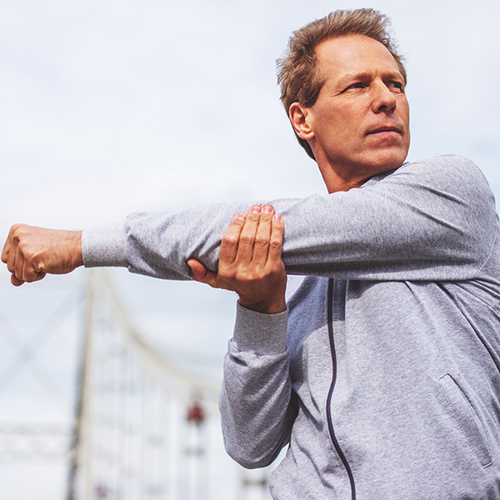
Research shows that educated patients often experience better outcomes after shoulder replacement. Gaining a clear understanding of each step can ease your concerns and boost your confidence throughout the process. Let’s walk through this journey together—from pre-operative preparations to post-surgery recovery—so you’re fully informed and empowered for a successful, life-changing experience.
Preparing for Shoulder Replacement
Before your surgery, your condition and treatment options will be discussed. Expect to undergo various pre-operative tests, such as X-rays or MRIs, to evaluate your shoulder joint's condition. You will be given instructions on medications, dietary restrictions, and what to expect on the day of the surgery.
What Happens During the Procedure?
On the day of your shoulder replacement surgery, you will be given anesthesia to ensure your comfort throughout the procedure. The surgeon will make an incision and remove the damaged joint surfaces. Your surgeon will then insert the new artificial joint, ensuring proper alignment and stability. This procedure typically takes 1-2 hours.
Postoperative Recovery
After surgery, you’ll be moved to the recovery room for monitoring. Expect some discomfort, which can be managed with prescribed medications. You may need to wear a sling for several weeks, and your surgeon will provide guidelines on when you can resume daily activities.
- Wound Care: Proper wound care is essential for preventing infection and promoting healing. Keep the incision clean and dry, change dressings as instructed, and monitor for signs of infection, such as increased redness or discharge. Avoid soaking the incision until cleared by your surgeon to minimize infection risk.
- Sleeping Position: Proper sleeping position is crucial during your recovery. You may find it comfortable to sleep on your back or in a reclined position with pillows to support your arm and shoulder. Avoid sleeping on the operated side for at least the first few weeks to prevent strain on the joint. Your surgeon can offer specific recommendations based on your individual needs.
- Physical Therapy: Physical therapy begins shortly after surgery to aid recovery. Initial sessions focus on gentle mobilization and range-of-motion exercises, progressing to strengthening activities as healing allows. Your therapist will also educate you on proper body mechanics to protect your shoulder, ensuring a successful rehabilitation journey.
Long-Term Outcomes
You should notice significant improvements in pain and mobility within a few months. However, complete recovery may take 6-12 months. Follow your rehabilitation plan closely to achieve the best outcomes and enjoy a more active lifestyle after shoulder replacement surgery.
Understanding each step of the shoulder replacement journey allows us to personalize care for every patient. By addressing your unique needs, we’re here to ease concerns, answer your questions, and ensure you feel confident and supported every step of the way to a healthier, more active life.
AUTHOR: Brian W. Hill, M.D. is a board-certified shoulder surgeon at Palm Beach Orthopedic Institute. He is an expert in advanced reconstructive and arthroscopic techniques, and serves as an assistant team physician for the Washington Nationals and their affiliates. Dr. Hill treats shoulder injuries and arthritis with a focus on patient-centered care and clear communication.






